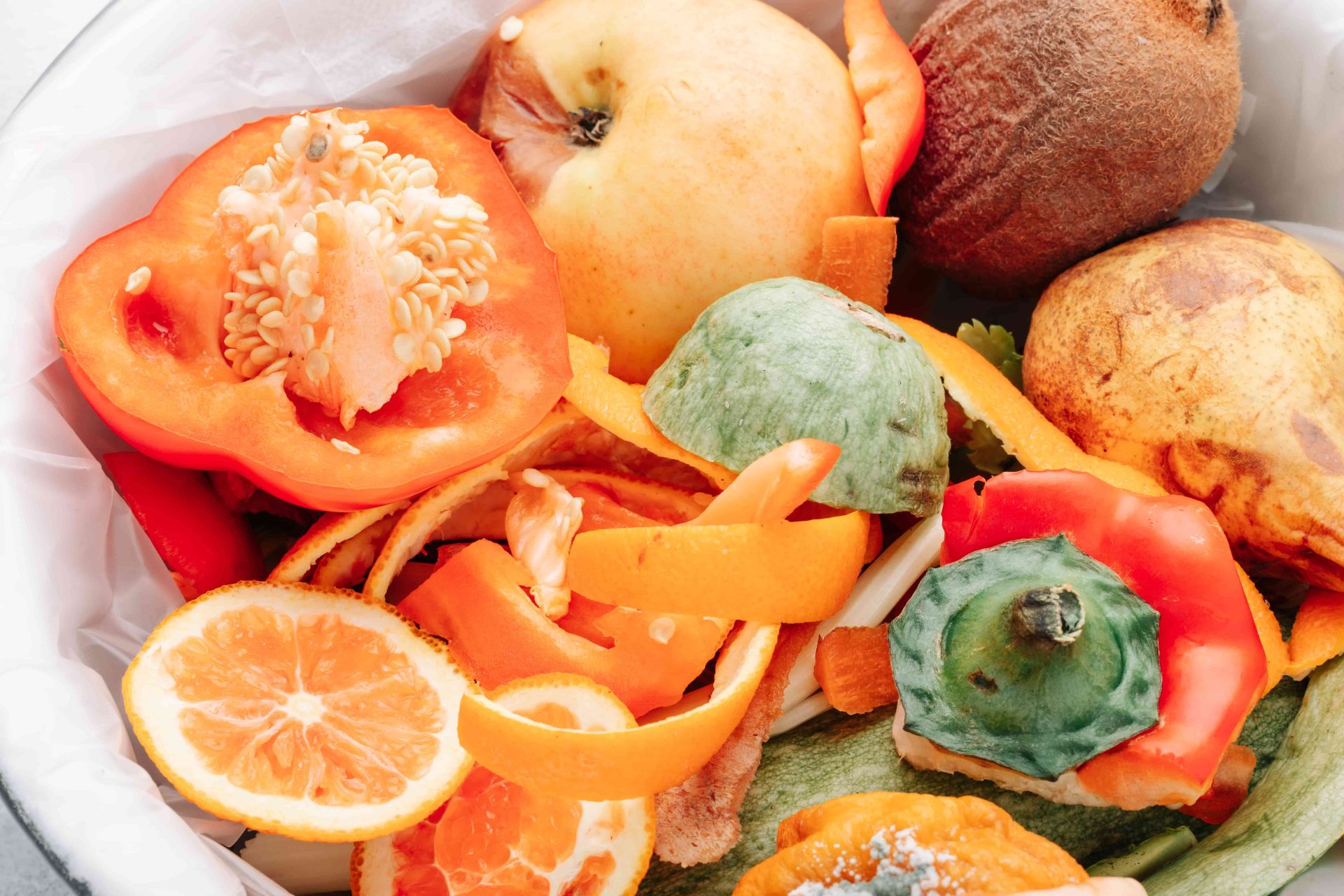Five Practical Tips for Reducing Food Waste

Did you know that nearly 20% of food produced globally goes to waste, with households the biggest contributor to food waste?
When we throw away food as part of our regular household waste, it ends up adding to landfill, which in turn threatens habitats and leads to unnecessary greenhouse gas emissions.
Fortunately, there are a number of simple measures we can take to reduce food waste, helping to safeguard global food security while also saving a little bit of money for ourselves in the process!
In this blog, we share five practical tips that can be easily added to your routine in order to reduce food waste.
1. Plan ahead
In most cases, food waste stems from overbuying ingredients. Before a big food shop, it’s therefore important to check your fridge, freezer and cupboards to identify the items you need. A detailed shopping list will help you avoid impulse purchases, which often end up as waste.
If you’re extra prepared, you can plan out your meals for days or even weeks in advance. This way, you’ll know exactly what to buy when you head to the supermarket. Make sure to also check use-by dates while shopping – it’s never nice to end up with an item that expires unexpectedly soon
2. Store appropriately
Once you’re back from your shop, you’ll want to store your purchased goods as quickly as possible in order to preserve freshness. Read up on optimal storage conditions for each ingredient; generally, raw foods need to be chilled or frozen while dried ingredients do better in cool, dry conditions.
You may need to transfer bottled or tinned food to the fridge after they’ve been opened. In the case of pure maple syrup, a bottle will last in the pantry for a year unopened. It can then be preserved for a further year by moving the bottle to the fridge – not that we think you’ll be able to resist once it’s open!

3. Cook in batches
Batch cooking goes hand in hand with meal planning and will encourage you to only buy the specific ingredients you need. Not only that, but you’ll also be able to freeze your meals so that you always have something delicious to eat!
If you’re looking for some batch-cooking inspiration, we have a whole host of recipes that can be prepared and then frozen for future use. Why not try our deliciously sweet and subtly spiced vegan Thai green curry, or this comforting beef casserole with winter root vegetables?
4. Love your leftovers
If you ever end up with leftovers or find yourself with food that’s dangerously close to expiration, rest assured that there’ll almost always be a way to turn it into a delicious meal! Wrinkled capsicums and overripe tomatoes, for instance, can be used to make a delicious homemade salsa.
A simple internet search will provide you with plenty of ideas for what do with your leftovers. If you’re left with no choice but to throw out some food, remember that most fruit and vegetables, along with bread, pasta and eggshells, can be used as compost.

5. Try new recipes
Our final tip for reducing food waste is to be bold in the kitchen and get creative with your cooking! Experimenting with ingredients that you wouldn’t usually pair together will help you discover new flavour combinations.
We all know that pure Canadian maple syrup is great for drizzling on pancakes, but you may be surprised to learn that it also works wonders in lamb pie and even tofu korma. Mixing together unlikely ingredients in this way will help you use up unwanted items and ultimately make you a better cook.
Looking to add variety to your cooking? Check out our plentiful selection of maple syrup recipes for inspiration!
A Source of Natural Energy
Maple syrup is a natural source of energy. Check out how maple can act as fuel before, during, and after exercise.
